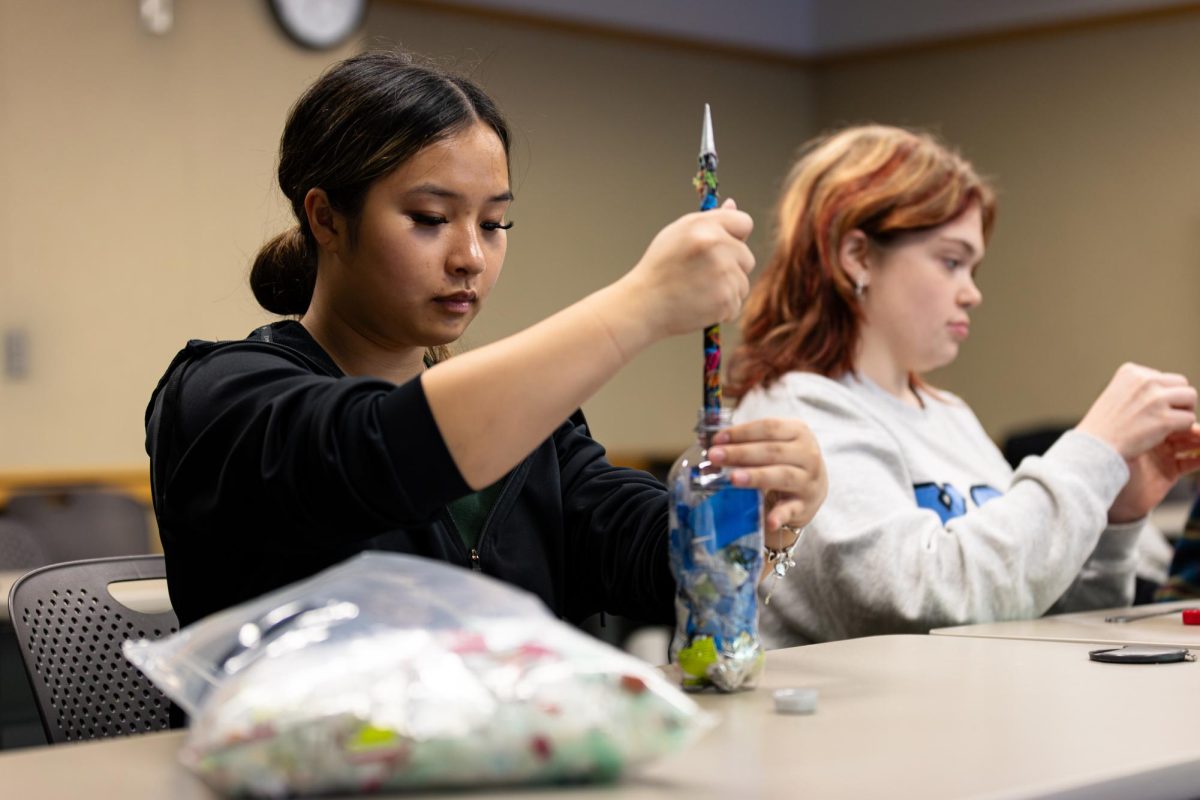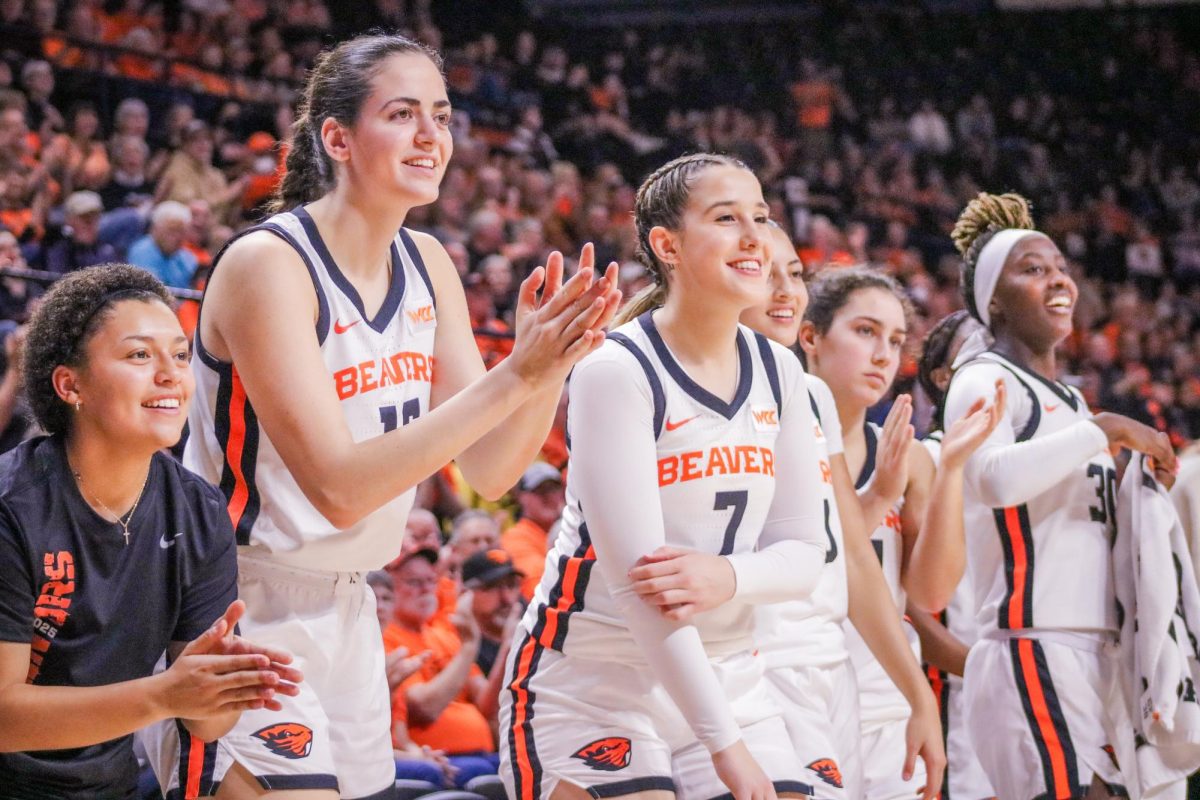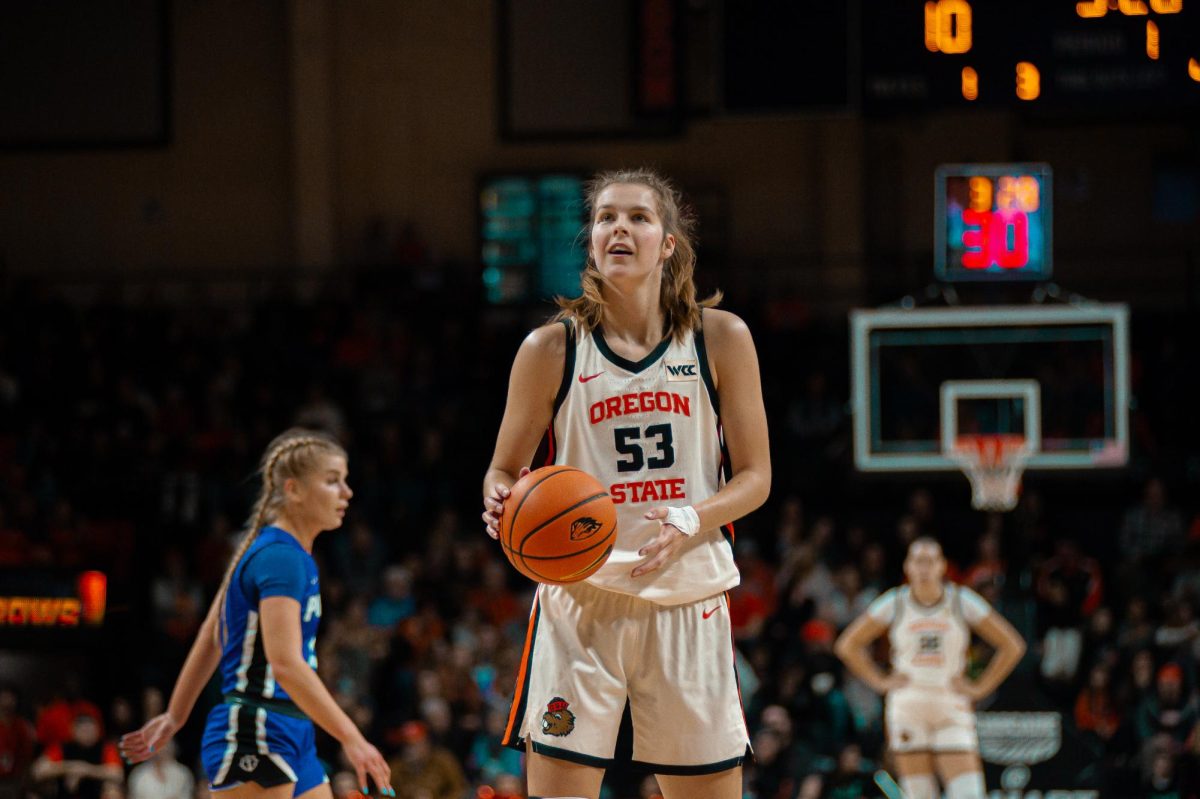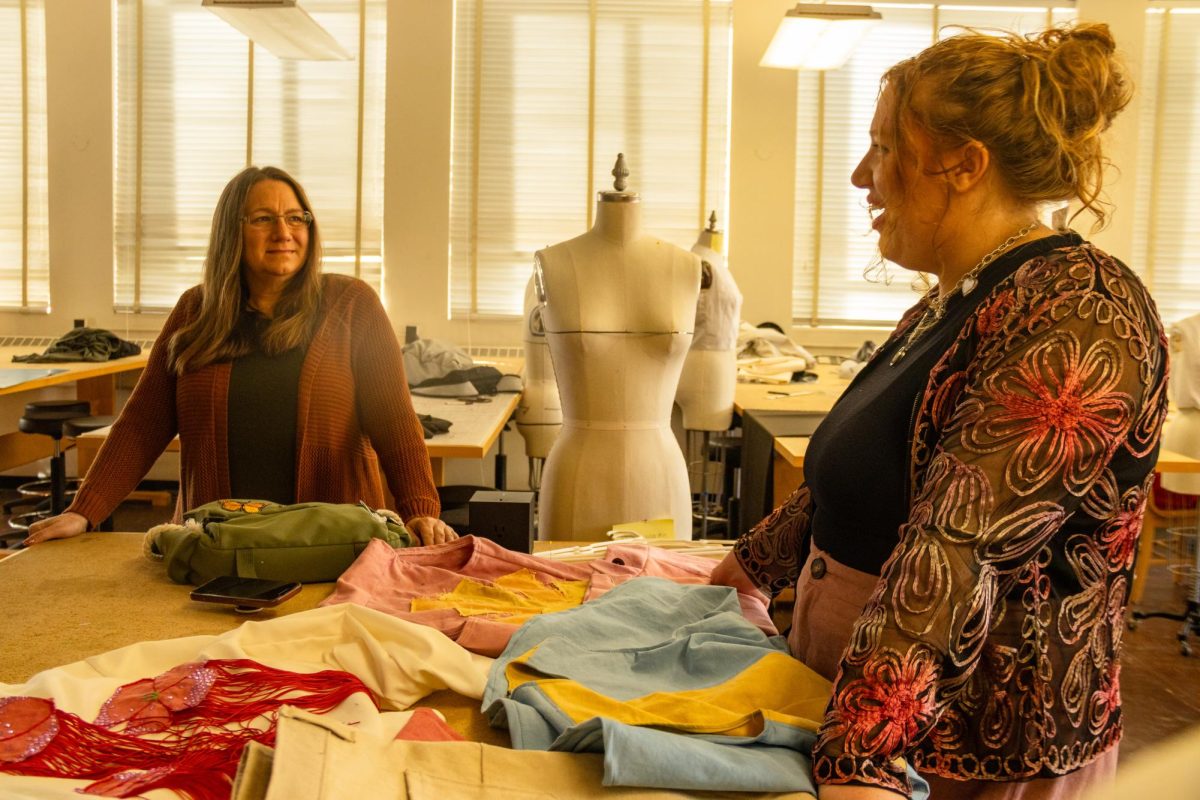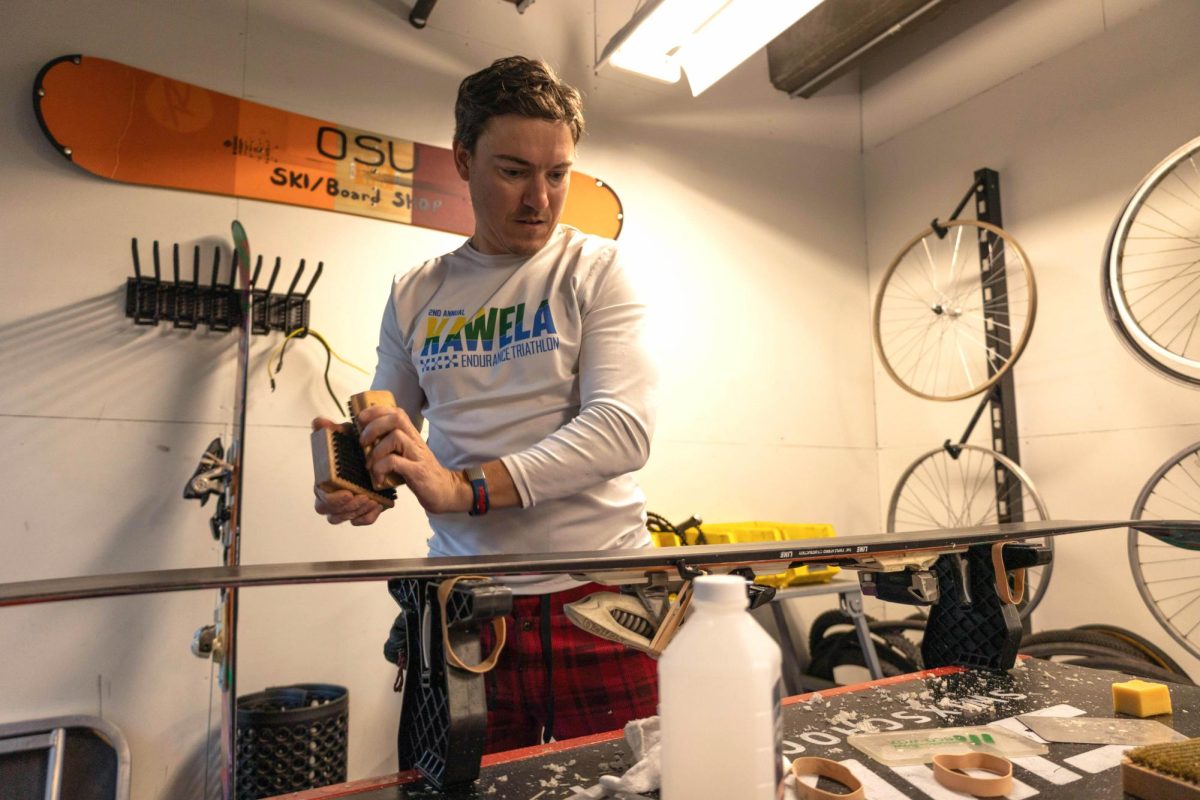Editor’s Note: This article has been updated to correct the organization that passed the Agriculture Improvement Act of 2018.
Oregon State University received a grant to further study hemp use alongside several other organizations. The grant included $5.5 million specifically allocated for industrial and collaborative research.
This research is being conducted at the Global Hemp Innovation Center at OSU, where faculty are exploring the market potential of hemp across different industries.
Hemp and marijuana are the same plant, just like how people with curly hair can have siblings with straight hair; despite being genetically the same, they express different traits.
Jeffrey Steiner, director of the Global Hemp Innovation Center said, “(People) don’t have to invent genetic technology. You don’t have to invent mechanization. It’s all there. It’s now figuring out, how do you take hemp and how do we now integrate it into existing agricultural systems, into the business landscape and into the natural landscape.”
Although other sources of natural fibers such as cotton, jute, sisal or flax currently dominate, hemp has the potential to participate competitively within these fields rather than become a revolutionary source, assuming more research and enthusiasm are shown.
Some examples of existing hemp products mentioned include hemp beers, face masks, non-graphene-based batteries and even feminine hygiene products — one brand in particular, Hempress Hygienics, was started by former OSU students.
Steiner said hemp is merely, “another choice to look at in the toolbox of different crops and materials and products that can be made. So it’s really, how do you make it all fit together?”
Through intertwined efforts from faculty and student organizations at OSU, hemp finds itself at the forefront of their projects whether it’s through worldwide representation or product development.
Scientifically, the Global Hemp Innovation Center employs around 70 members from different internal colleges, receives funding from organizations like the USDA, and is recognized as a leader in this particular field.
Academically, students are not only learning about how hemp is used through collaborations with individuals like Steiner, but they are also gaining opportunities for hands-on experience by experimenting with hemp in fashion.
Sophia Williams, president of the Apparel Design Club at OSU, worked with hemp fabric sourced by the Global Hemp Innovation Center to create pieces for a specialized fashion show the club hosted last May.
“I didn’t feel like it was very difficult to work with for me … it felt like it might be similar to just everyday fabric that I would use, like regular 100% cotton,” Williams said.
In reference to collaborating with Steiner, Brigitte Cluver, senior instructor at OSU for Product & Merchandising Management and Apparel Design, said, “I think that’s the coolest part, I know he does a lot of things more like high-level research and industry, collaborations and things, but he’s allowed us to kind of focus it on student involvement and engaging them with hemp.”
While marijuana has historically gained an infamous reputation, hemp’s image has been tarnished due to surface-level misconceptions, leading to socioeconomic neglect.
According to U.S. Customs and Border Protection, restrictive legislation such as the Marijuana Tax Act of 1937 and the Controlled Substance Act of 1970, hemp froze in profitability while becoming a target for prejudice due to species-related associations.
While hemp was leaving voicemails on society’s answering machine, society was busy undergoing major 20th-century advancements through biotechnology, medicine and global marketing.
This resulted in those who previously depended on hemp growth — typically those socially underrepresented — either growing other crops or risking systemic retribution.
Following the Agriculture Improvement Act of 2018, or what’s know as the Farm Bill, passed by the 115th Congress, licensed individuals may grow hemp if the presence of delta-9 tetrahydrocannabinol (THC) is not greater than 0.3%, preventing it from being chemically classified as marijuana.
This allows for various developments in fields ranging from food, technology and car manufacturing to locally produced personal care products and textiles.











